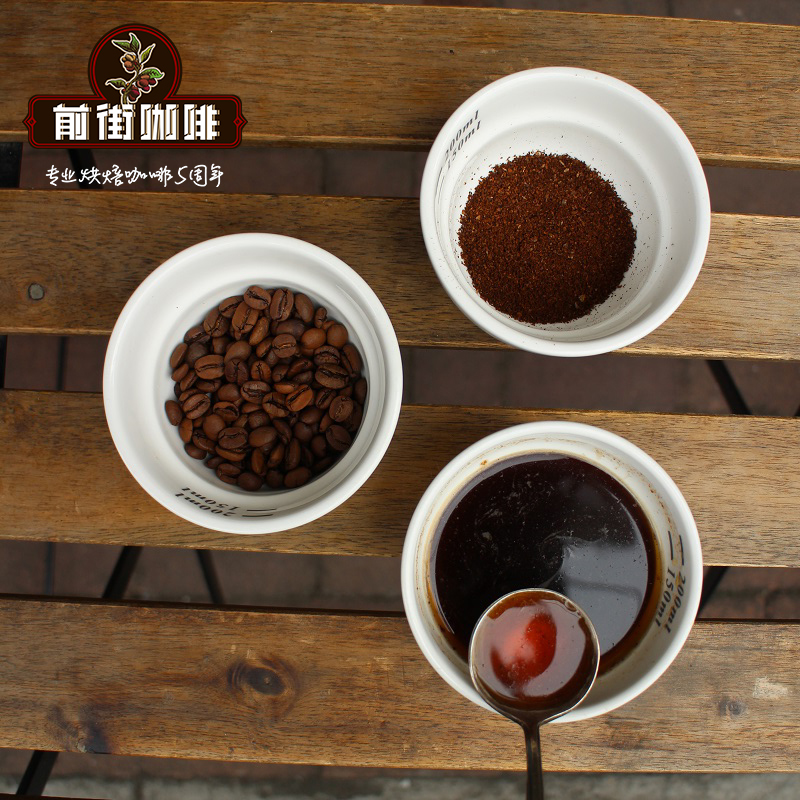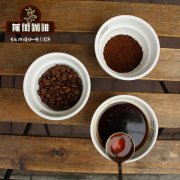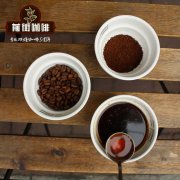The story of planting Polsa in the Vivetna fruit-producing area of Guatemala? What kinds of plants do you have?
Guatemala Vivetnam fruit growing region Bolsa planting story? What are the planting varieties?

Guatemala is one of the most beautiful countries in Central America, with densely forested mountains dotted with Mayan ruins, lakes, volcanoes, orchids and exotic birds. Coffee was introduced by Jesuit priests and brought great prosperity to the state of Guatemala in the 1750s. Today, coffee remains an important component of the country's economy, accounting for almost half of agricultural income. It is almost entirely overcast, and in mountainous and volcanic countries, with various microclimates and regular rainfall patterns, there will inevitably be some fantastic coffee choices to choose from.
Bought in 1958 by the renowned professor Jorge Vides, Finca La Bolsa received several quality awards (second place in the 2002 Excellence Competition) and service in the Huehuetenango region of La Libertad. The spirit of the farm is deeply rooted in ensuring that the surrounding areas also benefit from its success, providing training and education to all employees and their children (with the help of coffee care) as well as other programs to train young people and other programs to sustain the livelihood of workers.
Various parts of the farm are reserved areas to promote biodiversity and are being used for expanded composting operations. La Bolsa's good social and environmental conscience reflects the appeal of their excellent coffee.
Located between two mountains at an altitude of 1500-1700 meters, it provides a very stable, humid microclimate and rich soil for high-quality coffee. After harvesting, coffee is naturally dried on patios and processed by washing and steeping.
The castura and bourbon coffee beans grown here are perfectly balanced with the richness of malic and citric acids and the dense syrupy body. With milk chocolate and cherry notes, it proved to be a very versatile coffee, perfect for espresso and filtration.
Important Notice :
前街咖啡 FrontStreet Coffee has moved to new addredd:
FrontStreet Coffee Address: 315,Donghua East Road,GuangZhou
Tel:020 38364473
- Prev

What are the characteristics of Polsa coffee in the Vivetna fruit producing area of Guatemala? Planting history?
What are the characteristics of Polsa coffee in the Vivetna fruit producing area of Guatemala? Planting history? Finca La Bolsa was acquired by the distinguished medical expert Jorge Vides in 1958. Before that, the land was not used for coffee production. Jorge has won several coffee production awards and Huehuetenango regional service awards, named after the major hospital in the coffee growing community. La Bols
- Next

Bolsa Flavor trend and planting characteristics of Polsa in Vivette Nan Fruit region of Guatemala?
Finca la Bolsa Flavor trend and planting characteristics of Polsa Coffee beans in Vivette Nan Fruit producing area of Guatemala? Kaito's Finca la Bolsa Naciemiento (Guatemala) is a yellow coffee that is ideal for people looking for coffee with high acidity and different tastes, adding flavor to fruits, desserts, flowers and subtle herbs. This coffee certainly fits.
Related
- Detailed explanation of Jadeite planting Land in Panamanian Jadeite Manor introduction to the grading system of Jadeite competitive bidding, Red bid, Green bid and Rose Summer
- Story of Coffee planting in Brenka region of Costa Rica Stonehenge Manor anaerobic heavy honey treatment of flavor mouth
- What's on the barrel of Blue Mountain Coffee beans?
- Can American coffee also pull flowers? How to use hot American style to pull out a good-looking pattern?
- Can you make a cold extract with coffee beans? What is the right proportion for cold-extracted coffee formula?
- Indonesian PWN Gold Mandrine Coffee Origin Features Flavor How to Chong? Mandolin coffee is American.
- A brief introduction to the flavor characteristics of Brazilian yellow bourbon coffee beans
- What is the effect of different water quality on the flavor of cold-extracted coffee? What kind of water is best for brewing coffee?
- Why do you think of Rose Summer whenever you mention Panamanian coffee?
- Introduction to the characteristics of authentic blue mountain coffee bean producing areas? What is the CIB Coffee Authority in Jamaica?

